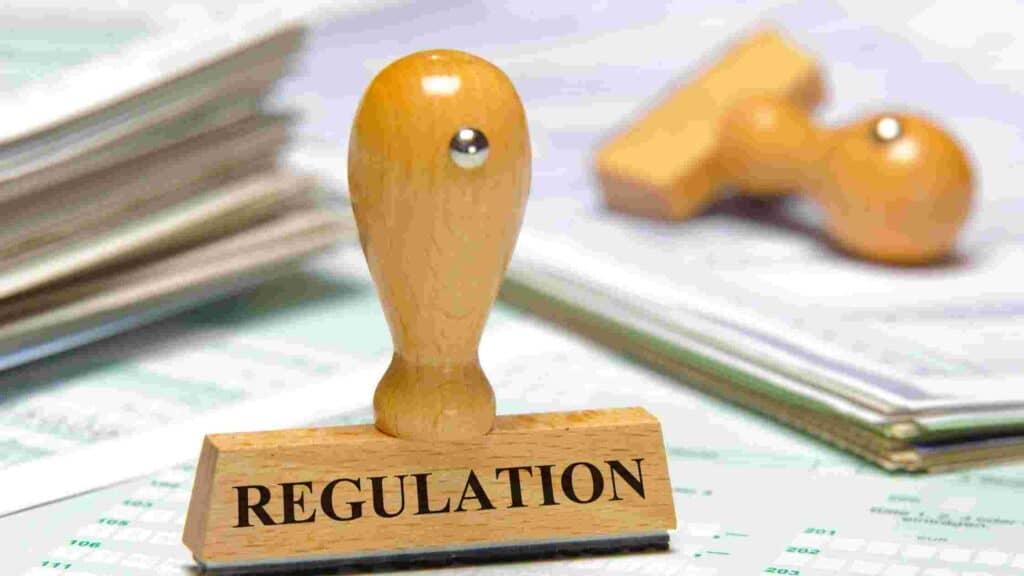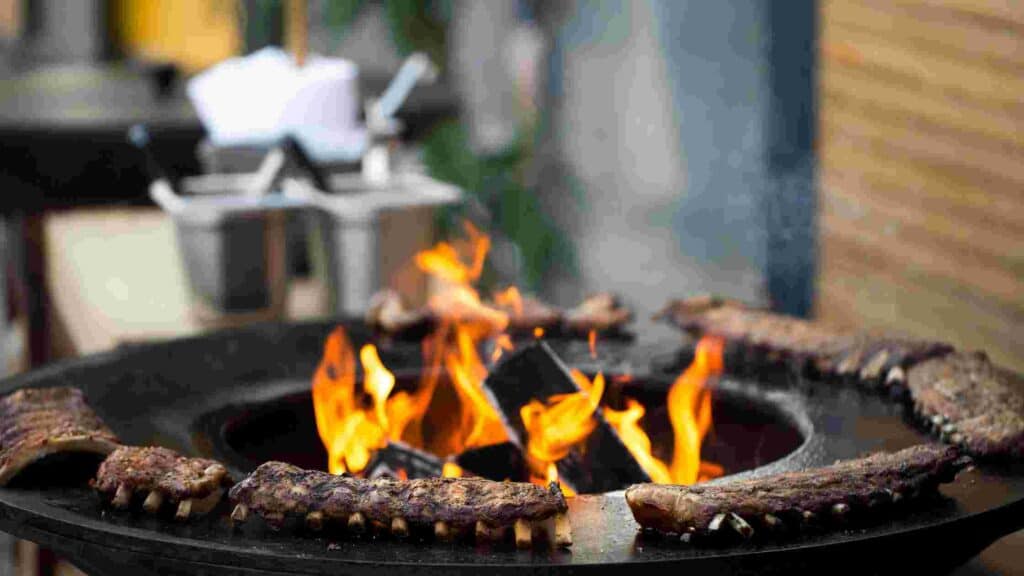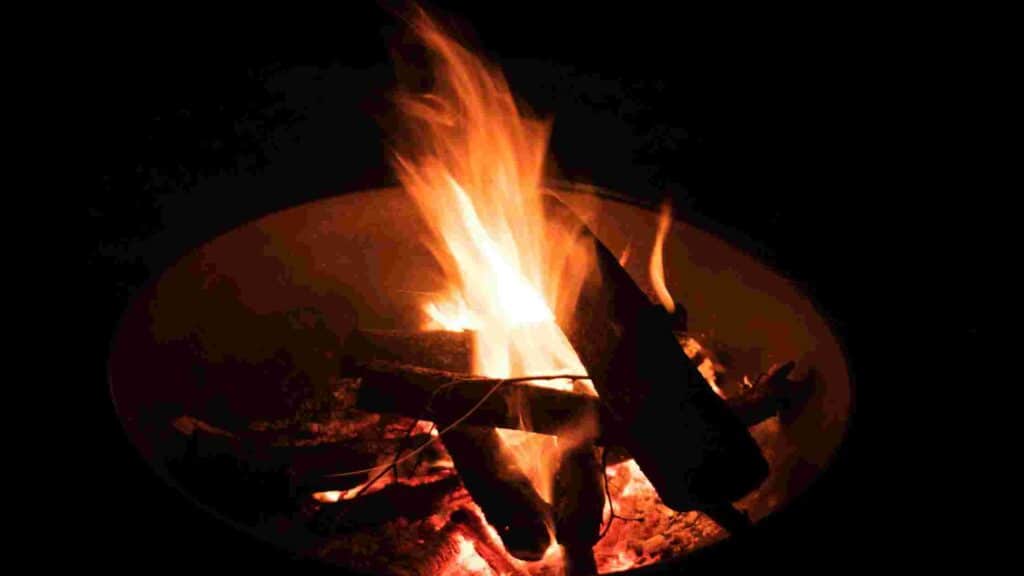There’s something undeniably enchanting about gathering around a crackling campfire on a chilly evening, basking in its warm glow. But can you have a fire in your backyard to recreate that cozy experience?
In this article, we’ll delve into the regulations and considerations surrounding backyard fires, so you can bring that pleasure home with confidence.
Considering Safety And Environmental Factors
Before you ignite that fire, it’s crucial to consider a few key factors that play into the decision-making process. The foremost concern is safety, not only for your own family but also for the well-being of your community (check out: Can you light a fire in your backyard?).
A quick glance at fire statistics reveals the significant damage caused by various types of fires, amounting to a staggering $15.9 billion in damages alone. This figure doesn’t even account for the associated injuries and unfortunate loss of life.
Additionally, the by-products emitted into the air from open fires should be taken into account. While the composition of emissions varies depending on the materials burned, even something as seemingly harmless as burning leaves can release greenhouse gases into the atmosphere.
These concerns extend to wood-burning fireplaces as well, as evidenced by state-level regulations in places like Idaho and Colorado. The devastating wildfires that have ravaged vulnerable states like California have left everyone on edge, further highlighting the importance of responsible fire practices.
Residential Fire Pit Regulations – Can You Have A Fire In Your Backyard?

When it comes to backyard burning, you’ll be pleased to know that, from a federal standpoint, it’s generally permitted. With the rising popularity of fire pits, enjoying the allure of flickering flames right in your own yard has become a top priority for many homeowners. According to the American Society of Landscape Architects, it ranks as the fourth most sought-after addition to a home.
Having a fire pit and a patio not only adds to the ambiance of your yard but also enhances its value, making it a desirable spot for entertaining or increasing your property’s market appeal. However, it’s important to note that regulations governing backyard fires are typically determined at the state, county, or local level.
Backyard Fire Regulations: Location Matters
When it comes to the legality of backyard burning, authorities often consider population density as a decisive factor. Accidentally singeing a small patch of lawn is one thing but encroaching upon your neighbor’s yard with your roaring campfire is an entirely different matter.
In urban areas, the presence of numerous buildings creates a unique environment that can trap pollutants close to ground level, ultimately affecting the air quality of the entire city. Consequently, many locations require permits for backyard fires and impose additional regulations concerning the timing, location, size, types of materials, and proximity to neighboring properties.
Enjoying Backyard Fires: Tips For Responsible Burning

If you’ve determined that you can have a fire in your backyard, it’s crucial to take precautions to minimize the risk of uncontrolled injuries and burns to yourself and those gathered around the campfire.
We’ll provide you with essential tips for safe backyard burning, enabling you to enjoy the warmth and ambiance of a fire while prioritizing safety.
Checking Conditions And Creating Fire Breaks
Before you begin, it’s essential to check the conditions to ensure a safe environment. Verify that the air quality is acceptable and that the wind isn’t blowing toward your house or other structures. To create a fire break, keep the grass around any buildings mowed short. This will help contain the flame in case it escapes from your chiminea or fire pit. It’s also wise to extend this precaution to the immediate vicinity of your campfire.
Preparation And Safety Measures
Prepare your materials before striking the first match. Gather kindling and preferably seasoned firewood. Keep a poker and shovel within reach for fire management, and we strongly advise having a garden hose nearby in case of emergencies.
When setting up your fire, use kindling and smaller wood pieces surrounded by larger ones. Avoid using materials like lighter fluid to ignite the flames. Instead, opt for firestarters, which are effective and safer options. Choosing hardwoods like oak over pine or similar woods reduces the risk of sparks.
Ensuring Safety During the Fire
Keep a close eye on children and pets, maintaining a safe distance of a few feet from the fire. When adding wood pieces, ensure they are securely resting against another piece or the walls of the fire pit to prevent them from falling out.
While it may seem excessive, it’s recommended to follow the advice of experts and avoid wearing synthetic clothing made of materials like nylon or polyester. If you wear contact lenses, consider wearing glasses instead. Additionally, ensure children are aware of not placing their feet too close to the flames, as the rubber on their shoes can melt and cause painful burns.
After The Fire: Extinguishing And Safety Measures
Never leave a fire unattended, as humans are responsible for almost 90 percent of wildfires. To properly extinguish the flames, douse them with water and use the shovel to turn over the embers. Repeat this process until no glowing bits remain visible, and then repeat it once more for thoroughness.
It’s important to recognize that many communities have strict regulations concerning backyard burning, and it’s crucial to comply with them. Taking these safety measures and being responsible ensures a positive experience for everyone involved.
Other Considerations To Keep In Mind

While the laws surrounding backyard fires are rooted in common sense, there are several additional conditions and caveats worth noting. Some factors are self-evident, while others may not immediately come to mind. Let’s take a closer look at each of them:
- Dry Conditions: Be mindful of the moisture levels in your surroundings, as dry conditions increase the risk of fires spreading uncontrollably.
- Air Quality Alerts: Stay informed about air quality alerts in your area, as they may impact the permissibility of having a backyard fire.
- Types of Fuel: Different fuels can have varying effects on air quality and fire safety. Understanding the best and most responsible choices can make a significant difference.
- Visibility: Poor visibility caused by smoke can impede the safety of drivers and pedestrians. It’s crucial to take this into account when deciding whether to light a fire.
- Wind Direction: Consider the direction of the wind to ensure that smoke and embers do not become a nuisance or pose a danger to yourself or your neighbors.
By carefully considering these factors, you’ll be equipped to make an informed decision about whether to enjoy a cozy backyard fire.
1. Consider Your Neighbors And Dry Conditions
When it comes to dry conditions, your weather app can provide valuable information in the form of fire watches and warnings. These alerts indicate that the current weather conditions, combined with arid circumstances, pose a higher risk of wildfires or the potential loss of control over fires you may set in your backyard.
In these dry conditions, lighter materials such as leaves and twigs tend to dry out quickly, providing ample fuel for fires to start and spread. To err on the side of caution, it’s advisable to wait until the relative humidity reaches at least 45 percent before considering burning wood.
2. Air Quality Alerts: Monitoring Health Concerns
To assess the level of health concern related to air quality, the US Environmental Protection Agency (EPA) and its state agencies rely on the Air Quality Index (AQI). This index ranges from 0 to 500, with higher numbers indicating more significant threats. The AQI takes into account five factors: carbon monoxide, sulfur dioxide, ground-level ozone, nitrogen dioxide, and particle pollution.
Particulate matter, in particular, becomes a concern when it comes to backyard fires, as it releases these particles into the air. Many areas have regulations that prohibit backyard fires during active air quality alerts. Staying informed about alerts issued for your region is crucial, and mobile weather apps often provide this information to help you make informed decisions. It’s important to be mindful of these alerts, as they are frequently triggered by wildfires.
3. Types Of Fuel: Impact On Air Quality And Safety
The type of fuel you choose for your backyard fire can have significant implications for both air quality and safety. Burning materials like plastics, household waste, or petroleum-containing items can release toxic fumes when ignited. Municipalities often have regulations that permit burning leaves but prohibit other materials that can adversely affect air quality.
Differentiating between recreational fires and garbage burning is often highlighted in local laws, emphasizing the importance of understanding what can and cannot be burned. Educating everyone involved, including children, about the appropriate items to burn is crucial. Styrofoam cups or other non-burnable materials should never be tossed into the fire.
Furthermore, fire control and safety are essential considerations when it comes to fuel. Light materials like leaves and grass burn rapidly, posing a risk if ignited by a spark. They can quickly spread and become difficult to manage. On the other hand, wood burns slower but generates higher temperatures, making it challenging to extinguish fires near woodpiles.
4. Visibility: Urban Areas And Public Roads
If you live in an urban area or near a public road, visibility is an essential factor to consider before having a fire in your backyard. Fires that generate substantial smoke, particularly those fueled by damp duffs or leaf litter, can significantly impair visibility on roads, posing hazards to drivers. Signs warning of prescribed burning in areas such as natural areas and parks are common to address this concern and ensure public safety.
5. Wind Direction, Speed, And Fire Spread
The direction and speed of the wind are closely tied to dry conditions and play a significant role in the potential spread and impact of uncontained fires. The pathway taken by a fire can indicate its potential danger, especially when there is abundant fuel to burn. Understanding wind patterns and speeds is crucial for assessing fire risks and making responsible decisions regarding backyard fires.
FAQs – Can I Have A Fire In My Backyard Today?
1. Can I have a fire pit in my backyard?
Whether you can have a fire pit in your backyard depends on local regulations and ordinances. Check with your local authorities or fire department for any restrictions or permits required.
2. Can I burn in a barrel during a burn ban?
Burning in a barrel during a burn ban is not allowed. Burn bans are put in place to restrict open burning, including burning in barrels, due to heightened fire risks. It’s important to comply with burn ban regulations to ensure safety.
3. How do I know if there is a burn ban in my area?
To find out if there is a burn ban in your area, you can check with your local fire department, county or city government websites, or call the non-emergency hotline for the relevant authorities. They can provide information on current burn bans or restrictions.
4. Can I burn something in my backyard?
Burning in your backyard may be allowed depending on local regulations. It is important to check with your local authorities to determine what materials can be burned and if any permits or restrictions apply.
5. How big of a fire can you have in your backyard?
The size of the fire you can have in your backyard is typically determined by local regulations and fire safety guidelines. It is important to adhere to these regulations to ensure safety and prevent the risk of fire from spreading beyond control.
Conclusion: Can You Have A Fire In Your Backyard?
Gathering around a fire evokes a satisfying and relaxing feeling, connecting us with our ancestors and nature itself. However, it’s essential to acknowledge that backyard fires may not always be possible in certain areas or during specific times. Understanding the associated risks allows you to prioritize the safety of your family and neighbors.
When questioning whether you’re allowed to have a fire in your backyard, remember that it comes with a responsibility. Prioritize caution and adherence to safety measures to ensure that future fires can be enjoyed with peace of mind. By doing so, you can savor the timeless joy of a crackling fire while keeping everyone safe.
You might also be interested in checking out the best fire pit cooking grates.
